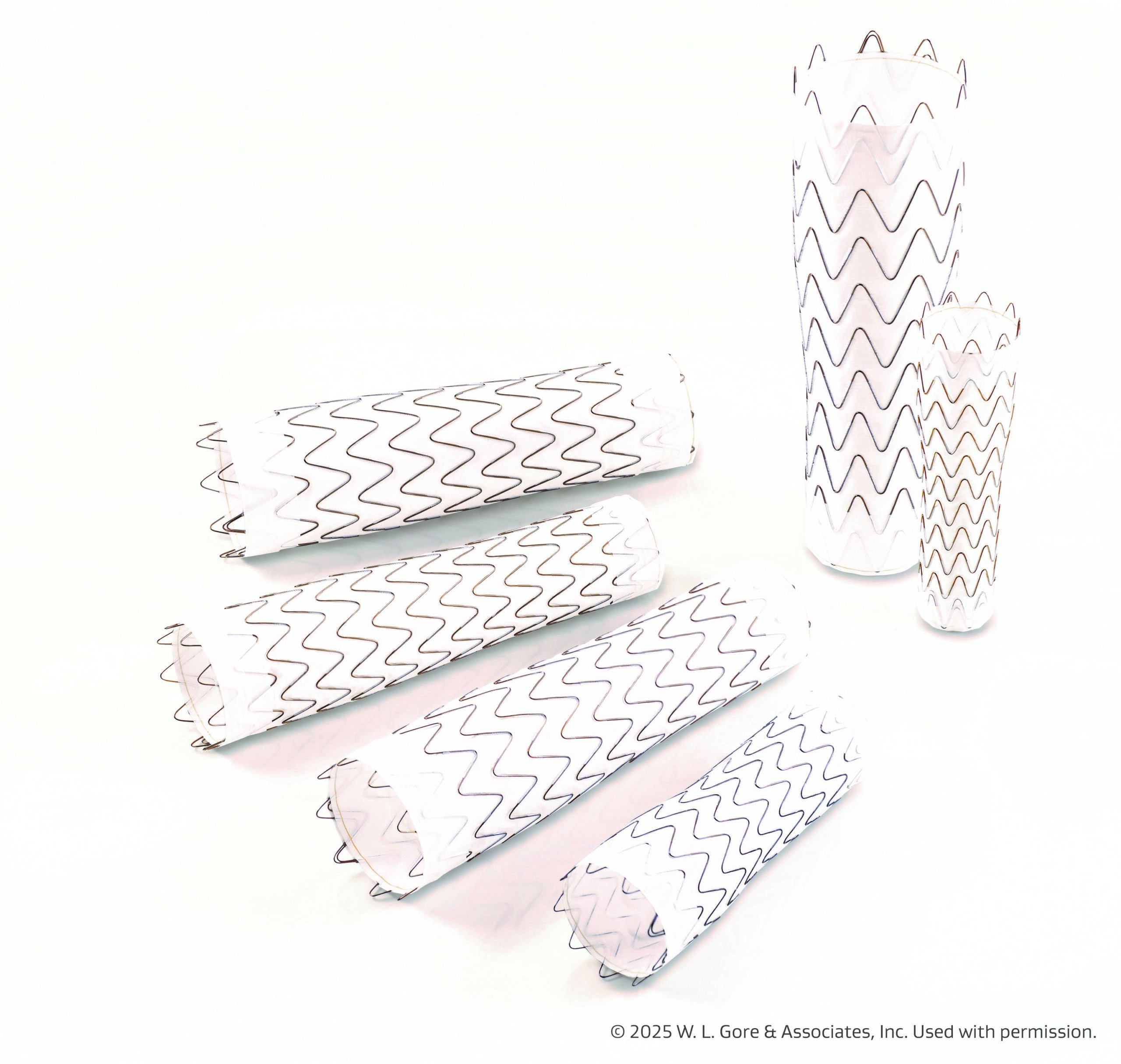
Sacubitril-valsartan administration was cost-effective and associated with benefit in patients hospitalized with heart failure with reduced ejection fraction (HFrEF), a new analysis suggests.
“Sacubitril-valsartan use reduces mortality and hospitalizations compared with enalapril among patients with chronic HFrEF; however, the cost-effectiveness of these treatments when initiated during hospitalization for HF is unknown,” the authors wrote.
Inpatient initiation of sacubitril-valsartan for patients with HFrEF may be associated with reduced hospitalizations, increased quality-adjusted life expectancy, and cost savings compared with no initiation or initiation after hospitalization https://t.co/JAvQ0Ni1qa
— JAMA Cardiology (@JAMACardio) August 12, 2020
The authors, publishing in JAMA Cardiology, conducted an economic evaluation and looked at data on patients with HFrEF. They used a 5-state Markov model with all-cause mortality, HF, and non-HF hospitalization probabilities. The researchers also assessed quality of life using Euro-QoL EQ-5D scores. Also included in the analysis were hospitalization, long-term care, and medication costs for sacubitril-valsartan and enalapril. Patients were a mean age of 63.8 years.
According to the study results, treatment for inpatients with sacubitril-valsartan ($5,628 per year) was linked with 62 fewer HF-related admissions per 1,000 patients versus outpatient initiation or 116 fewer HR-related admissions using enalapril. The authors noted that hospital initiation of sacubitril-valsartan on average saved $452 per year compared with enalapril, and saved $811 per year compared with initiation at two months after hospitalization. Sacubitril-valsartan was associated with a cost-effectiveness ratio of $21,532 per quality-adjusted life-year versus continued enalapril over a lifetime.
Looking at the cost-effectiveness from a societal perspective, initiation of sacubitril-valsartan in the inpatient setting was estimated to save $460 per year per patients compared with no initiation of the treatment, and was linked with $813 per year per patients with initiation after hospitalization. Inpatient initiation of the combination therapy was linked with up to $449 per person for one year and $2,550 per person for five years versus continued enalapril.
“The findings suggest that, for patients with HFrEF, initiation of sacubitril-valsartan during hospitalization may be associated with reduced hospitalizations, increased quality-adjusted life expectancy, and cost savings compared with no initiation or initiation after hospitalization,” the authors wrote in their conclusion.
for patients with HFrEF, initiation of ARNI during hospitalization associated with ⬇️ hospitalizations, ⬆️ quality-adjusted life expectancy, and cost savings compared with no initiation or initiation after hospitalization.@TIMIStudyGroup @scottdsolomon @NMHheartdoc @texhern https://t.co/1n5meleKrD
— Gregg Fonarow MD (@gcfmd) August 12, 2020
In-hospital initiation of ARNI saves money compared to a delayed or ACEI only strategy. @JJheart_doc @HFSA
Cost-effectiveness of Sacubitril-Valsartan in Patients With Heart Failure With Reduced Ejection Fraction https://t.co/7QkZsElKst via @JAMACardio part of @JAMANetwork pic.twitter.com/f4EPygCTRK
— Gregg Fonarow MD (@gcfmd) August 12, 2020
#SacubitrilValsartan➡️patients with #HFrEF, initiation during hospitalization may be associated w/ ⤵️hospitalizations, ⤴️quality-adjusted life expectancy, & cost savings compared w/ no initiation or initiation after hospitalization.
— Vicente Pallares (@vic_pallares) August 12, 2020
Amazing findings with big implications for inpatient management. https://t.co/2LiLFcYklZ
— Richard Ferraro (@RichardAFerraro) August 12, 2020
Cost-effectiveness of Sacubitril-Valsartan in Hospitalized Patients Who Have HFrEF.
⚠️ ⤵️ hospitalizations
⚠️⬆️increased quality-adjusted life expectancy
⚠️cost savings compared with no initiation or initiation after 🏨
📂https://t.co/FIqc9IIWpZ @secardiologia @IcyfaSemi pic.twitter.com/wZYX2LCXU0— Alfonso Valle (@ValleAlfonso) August 12, 2020







 © 2025 Mashup Media, LLC, a Formedics Property. All Rights Reserved.
© 2025 Mashup Media, LLC, a Formedics Property. All Rights Reserved.